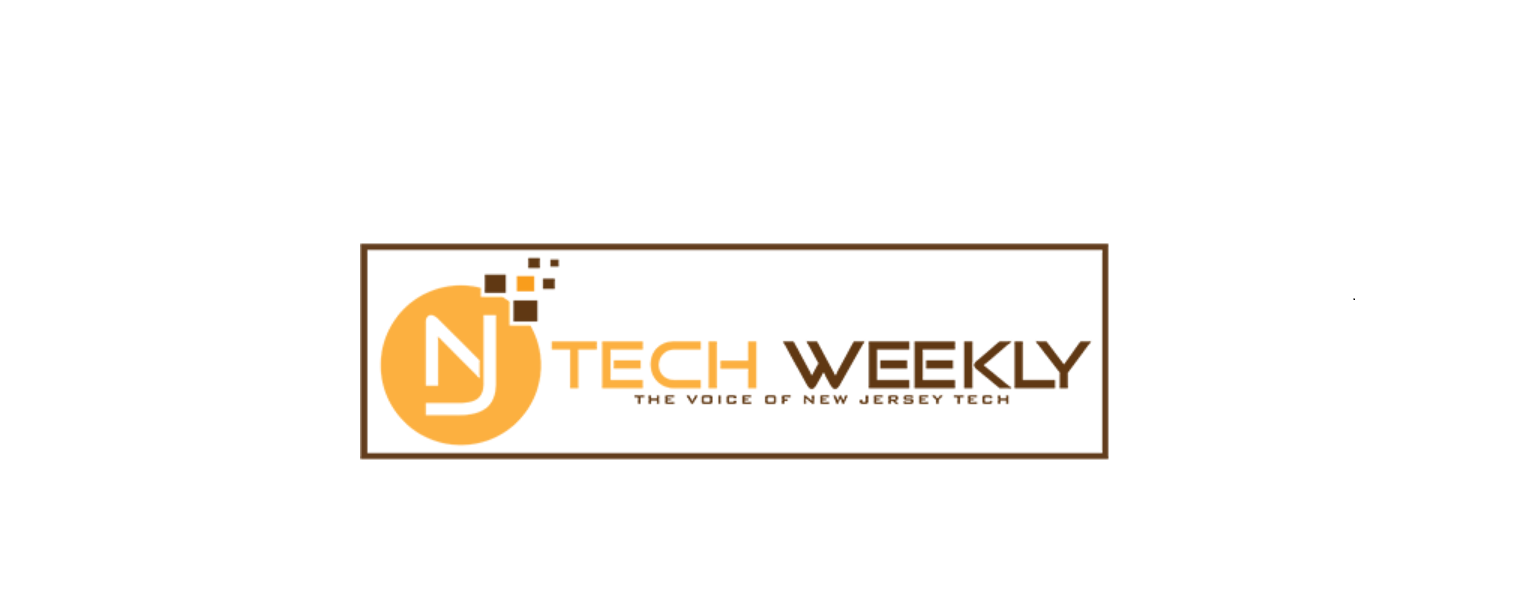The Association of Clinical Research Professionals published the following article by SciMar CEO, Donna Conroy, MS, validating Development Velocity as a mission critical metric in drug development.
December 20, 2022
Clinical Researcher—December 2022 (Volume 36, Issue 6)
FORM & FUNCTION
Donna Conroy, MS
Throughout 2022, some of our industry’s most influential leaders have expressed concerns about the economic and public health challenges that result from slow drug development. After fast-tracked COVID-19 therapies proved development can be accelerated, the status quo is being challenged.
It is time for our industry to address development’s longstanding challenges—beginning with naming and defining the problem: Development Velocity is the speed a pharmaceutical company moves a therapy through the development process and into the market.
Development Velocity (DV) is a mission-critical metric that yields financial benefits and expedites time to market by enhancing both sides of pharma’s ledger through cost reductions and earlier revenue. Incorporating DV into our industry’s lexicon and best practices is vital to wholly accelerating drug development.
Defining Development Velocity
When a drug candidate emerges from discovery with great potential, the clock starts ticking on its trajectory toward commercialization. However, many variables impact how quickly—or how slowly—a therapy moves through development. This is its Development Velocity.
During the five-to-seven-year development process, pharma companies seeking U.S Food and Drug Administration approval must move a therapy from an Investigational New Drug application through the requisite phases of development to secure regulatory sign-off of a New Drug Application and then onto commercialization. While clinical trials are the most familiar element of the development process, the extraordinarily complex “business” side of development is equally vital.
The business side consists of 12 cross-functional teams (commercial, medical, health economics and outcomes research, regulatory, etc.) simultaneously conducting hundreds of interdependent tasks to bring a therapy to market. Commercialization is a milestone with high stakes; slow or impaired implementation of these cross-functional efforts can obstruct a company’s journey and drastically slow its DV—stalling or hindering time to market.
The lack of innovative technology solutions that focus on course correcting inefficiencies and redundancies in the development process is one of many factors that impacts the development journey. Teams rely on legacy processes that fail to take a holistic approach or that simply cannot scale to meet the complex needs of cross-functional teams. However, as technology advances and solutions are built specifically for the needs of pharma, the industry should now look to comprehensive technology solutions to achieve complex development goals.
What Impacts Pharma’s Development Velocity?
Efficiency and collaboration are chief among issues impacting a therapy’s development journey—either slowing down or speeding up the process.
Inefficiencies create bottlenecks that slow DV. For example, many teams rely on antiquated workflows (spreadsheets, countless meetings), manual analytical processes (data and outputs requiring aggregation), or costly vendor outsourcing to bring disparate clinical data and information together. As science drives decision-making, antiquated workflows open the door to slowdowns during complex pass-off points or due to incomplete or inconsistent knowledge transfer among teams.
The historic lack of pharma-first technologies is a key factor. To date, most technologies available to development teams consist of repurposed or retrofitted project management tools or siloed data analytics tools that fail to address the broader needs of cross-functional teams. Further, these manual processes, retrofitted technologies, and siloed point solutions result in a variety of outputs that require aggregating and stitching together, creating additional manual processes.
Corporate structure can also slow DV as the 12 cross-functional teams often work in siloes, each with different perspectives. Collaboration varies from team to team, and without a process roadmap in place, interdependent workflows lack cohesion. When these development challenges persist, the resulting loss of momentum extends timelines and escalates budgets.
Building development programs that lead to commercialization is a complex web to weave; doing so with speed and efficiency is another challenge. However, with the right tools, DV can be dramatically improved to accelerate a therapy’s time to market.
Pharma’s Mission-Critical Objective: Accelerate Development Velocity
As we saw with the expedited development of the COVID-19 vaccines, pharma is feeling increased pressure to bring life-saving and life-changing therapies to market faster. Yet as expenditures have increased, so has external pressure for pharma to lower drug prices.
Despite negative press surrounding profitability, pharma companies typically reinvest a large portion of net sales back into research and development (R&D) efforts. For example, among the world’s top five pharma companies, 21% to 28% of net sales are reinvested back into R&D.
While profitability is important for the success of any corporation, pharma’s additional driver for maintaining a healthy bottom line is to advance patient care. Strong return on investment (ROI) is needed for pharma to reinvest profits into additional R&D efforts. When profits shrink, R&D efforts may follow suit.
While our industry made tremendous strides in activating acceleration levers in its response to COVID-19, the frustrating reality is it still takes too long and costs too much to move a new therapy through the development process. Costs have nearly doubled over the last decade. On average, companies spend more than 10 years and as much as $2.8 billion moving a drug candidate through the two-step R&D process of drug discovery and development. The time it takes to move a drug to commercialization impacts market exclusivity.
New therapies receive 20 years of patent protection, much of which is used to safeguard the drug maker’s rights before the therapy hits the market. Therefore, every day it takes a therapy to get to market reduces the window of market exclusivity and compounds cost pressure.
With development costs increasing and market exclusivity decreasing, ROI for new therapies is reduced, creating a concerning economic challenge for pharmaceutical leadership teams.
An obvious solution to this economic challenge is getting therapies to market faster with lower costs, precisely what accelerating DV aims to do.
The beauty of enhancing DV through technology is that it enables pharma to do well by doing good, to do more with less, to improve patient outcomes while simultaneously increasing top-line revenues and bottom-line profits. Therapies get to patients sooner and pharma can explore additional uses for existing therapies.
The path to accelerating drug development begins with a baseline measurement of a pharma company’s current DV. Establishing this baseline is critical; without it, pharma cannot measure the impact of its efforts to improve DV—for as renowned business management theorist Peter Drucker famously said, “If you can’t measure it, you can’t improve it.”
Looking Ahead: Technologies That Accelerate Development Velocity
Segments of pharma have begun adopting R&D technologies to expedite both discovery of new molecules and clinical trials. Pharma companies that augment these investments with technologies that accelerate DV will be the big winners in the years ahead.
To do otherwise would be illogical: Why invest in artificial intelligence (AI) to discover new molecules if only to rely on the same old status quo, antiquated development processes to move those molecules toward commercialization?
By replacing manual processes with comprehensive AI-powered cloud platforms that support multidisciplinary efforts, development teams can easily scale to support enterprise-wide objectives.
Conclusion
As we usher in a new wave of technological innovation on the business side of development, new platforms are now available to meet specific needs and the complicated web of cross-functional teams. The market is ripe for advancements that address DV’s role in pharma’s current economic challenges so the industry can meet its goal of putting new therapies in the hands of the patients who need them most.
Improving Development Velocity creates faster and less expensive journeys to commercialization. Not only does speed to market enable better health outcomes because therapies get to patients sooner, but the lower costs allow pharma to reinvest in new or expanded therapies and continue balancing profitability while doing good.
Read the full article here: Development Velocity: Addressing Longstanding Challenges in Drug Development – ACRP (acrpnet.org)
Clinical Researcher is the journal of the Association of Clinical Research Professionals (ACRP). ACRP is a Washington, DC-based non-profit organization whose members work in clinical research in more than 70 countries. ACRP supports clinical research professionals through membership, training and development, and certification.


